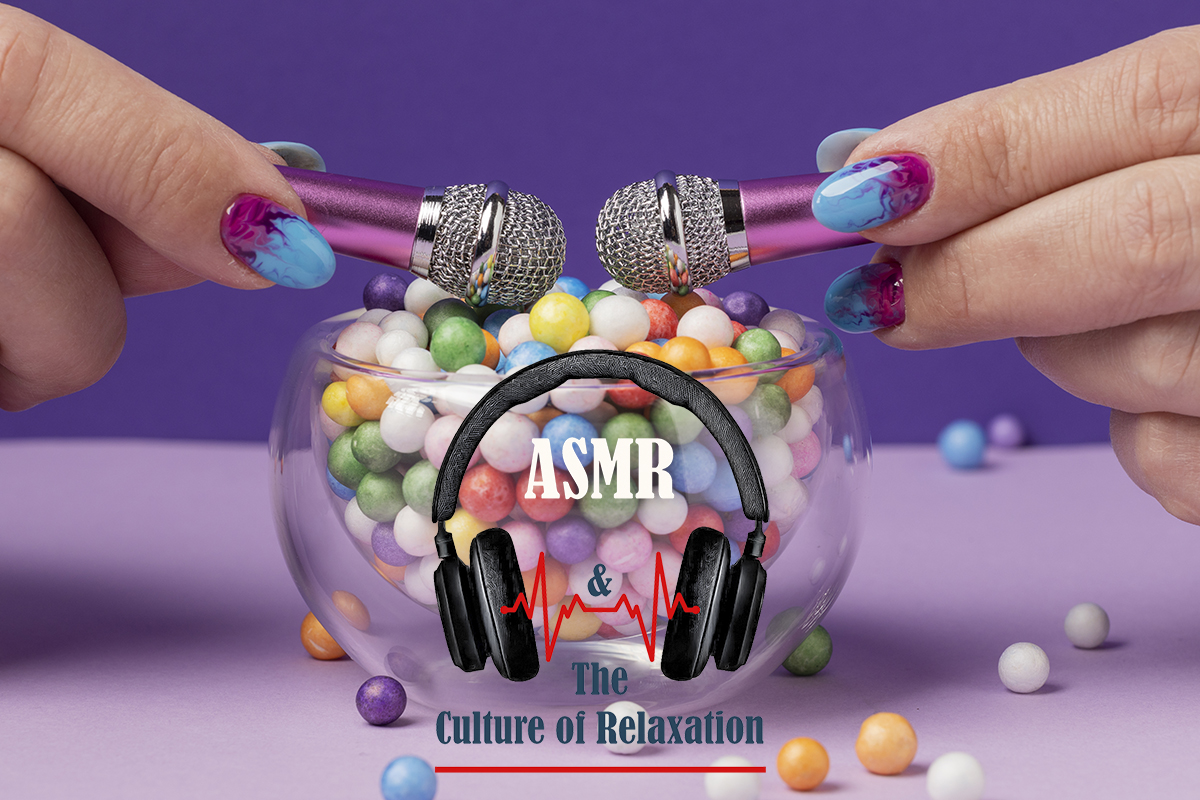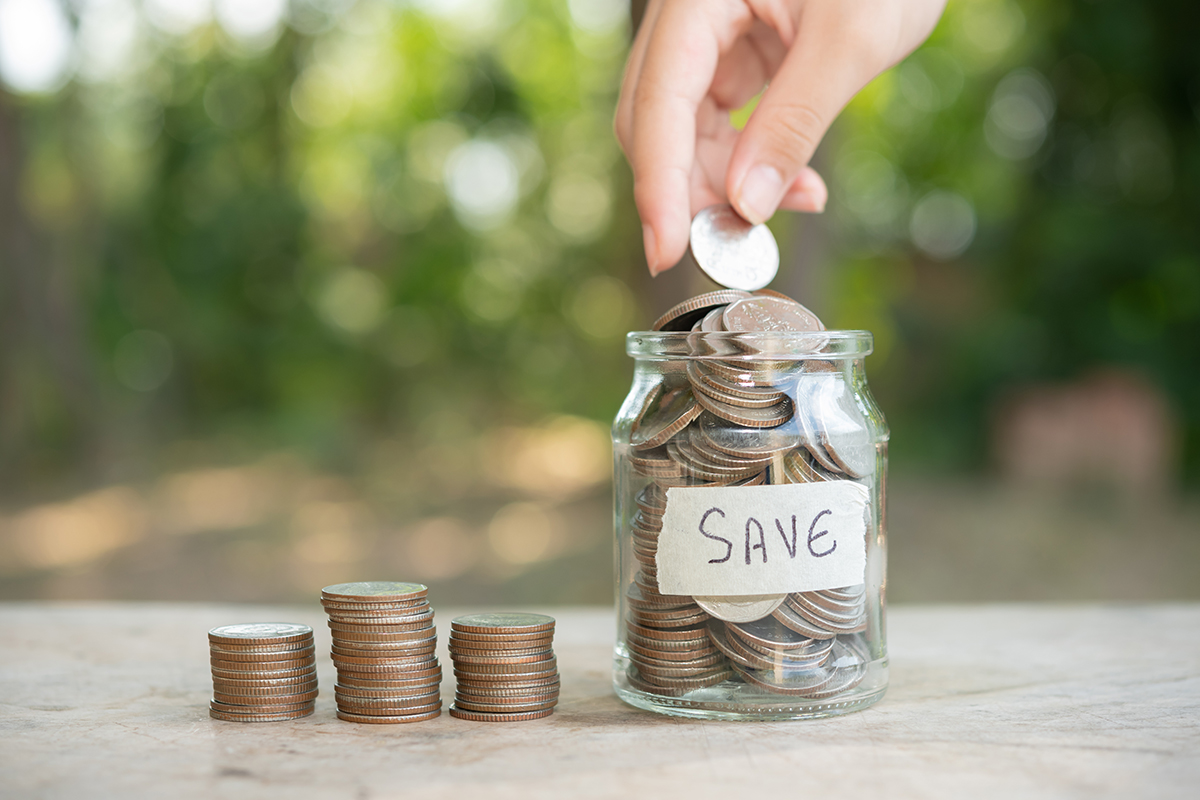What is doom spending and how to stop it?

We’re all familiar with doom scrolling, but what about doom spending? This phenomenon is affecting millennials and Gen Z-ers, who are understandably overwhelmed by the multiple global crises we’re currently facing. Doom spending is similar to retail therapy, although the fears we’re trying to soothe are arguably on a much larger scale.
When we make a purchase, our brain releases feel-good hormones like dopamine and endorphins. Shopping has always been an easy, low-effort way to self-soothe, and our consumer economy has long encouraged the belief that new purchases can lift our spirits and solve our problems.
Why is doom spending on the rise?
The rise of smartphones, social media, and buy-now-pay-later schemes have made doom spending an even more dangerous habit. According to a survey by Credit Karma, 43% of millennials and 35% of Gen Z-ers are now engaging in doom spending. Young people, already vulnerable to overspending due to peer pressure and identity formation, are more susceptible to commercial influences, especially given the current dire economic situation.

Young people often get into debt, damaging their credit scores, weighing them down mentally, and preventing them from living full lives. Buying new clothes is one of the most common ways they engage in doom spending. But if we’re trying to numb fears like the looming climate crisis, isn’t it counterintuitive to keep buying new things? After all, consumerism contributes to the very problems we’re anxious about.
This paradox is explored by sustainability strategist Alec Leach in his book, ‘The World Is On Fire But We’re Still Buying Shoes.’ He writes that fashion is an optimistic endeavor, offering a chance to envision new futures where our current fears and burdens melt away.
For many millennials and Gen Z-ers, saving to buy a house feels out of reach, so investing in luxury items (still a privilege) can offer a sense of control. Doom spending represents what is called the passive-to-active flip: passive are the many things we want to change in the world but feel we cannot, and active is the act of buying things.
Doom spending won’t solve our problems, which is why many people get trapped in an unhealthy cycle of constant buying in search of instant gratification. If buying things truly made us whole, we’d have stopped by now. But because consumerism doesn’t satisfy our deeper needs, we chase trends and make regret purchases again and again. To break this cycle, it’s essential to recognize the triggers for doom spending and find healthier ways to cope with stress and anxiety.

How to stop doom spending
Identify the root cause
Understanding why you’re doom spending is essential to breaking the habit. Use an ABC (Antecedent, Behavior, and Consequence) chart:
A (Antecedent): Note what was happening or how you felt before you doom spent.
B (Behavior): Record the action you took, typically shopping.
C (Consequence): Reflect on how you felt afterward.
By examining your responses and identifying patterns in your behavior, you’ll be better positioned to change the habit.
Set boundaries with your phone
Social media constantly bombards us with new things to buy. Reassessing your relationship with your phone can help. Identify which apps, influencers, and activities drain you and push you toward spending. If removing these influences is too difficult, at least minimize them and replace them with inspirational, mind-expanding content.

Create a list of ‘decoy activities’
Impulse purchases are tempting when you’re feeling down, so have a list of free activities that can boost your mood instead. Options include going for a walk or run, taking a bath, calling a friend, doing yoga, or writing. These activities can help you shift out of the spending zone.
Focus on your priorities
Identify your top five priorities in life. For example, mine are healthy eating, exercise, rest, connection, and creativity. Make sure these priorities are part of your daily routine to help divert your attention away from mindless spending.
Start saving little by little
Although saving may seem pointless given the current economic climate, setting aside even a small amount can make a difference. Educate yourself on your financial options. Starting to save even a little in your early twenties can accumulate significantly over a decade.
Consider using a credit card for a few fixed expenses and paying them off in full, ideally through direct debit from your bank account. This strategy can help build your credit score for the future.
Engage in altruistic behavior
Instead of doom spending, invest in your community. Helping others not only benefits them but also shifts your focus away from personal concerns and generates pleasure through eudaimonic happiness, known as the “do-good factor.”
This approach allows you to see the positive impact you can have on the world and reinforces that, despite the news, we are not powerless to effect change.




















